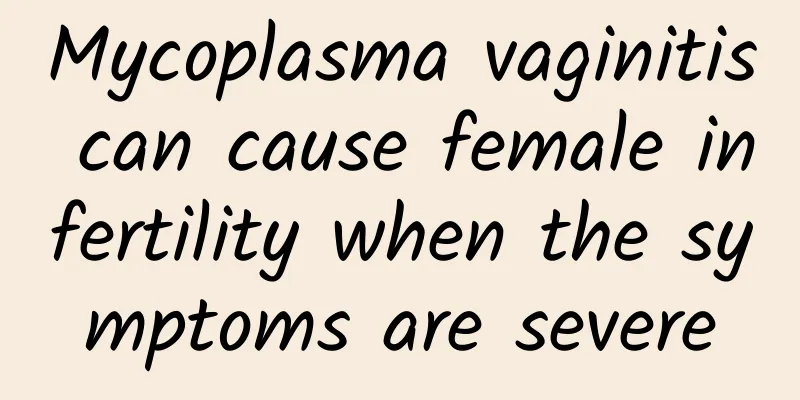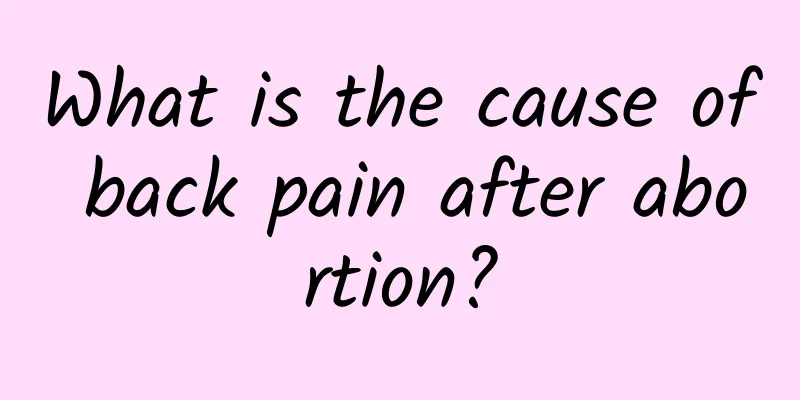3 Minimally Invasive Treatments for Uterine Fibroids

|
Uterine fibroids are a very common gynecological disease in women. They are more common in menopausal women over 40 years old. They seriously disrupt the patient's normal life and work, and may even cause greater health threats. They must be treated early. The following are three minimally invasive surgical treatments that can be used. 1. Expectant treatment Expectant therapy is a relatively conservative treatment method. It is suitable for patients with mild fibroid symptoms, no complications, and no fibroid degeneration, or near-menopausal women whose uterus is smaller than the size of 12 weeks of pregnancy and whose menstruation is normal. Expectant therapy is used to observe the development of the disease and conduct a follow-up every 3-6 months. Women in menopause may develop benign fibroids, which can gradually shrink after menopause and do not cause much harm to the body. However, for those whose fibroids increase after menopause, clinical and visual follow-up is required. If fibroid degeneration is suspected, or the pain is obvious, or even accompanied by anemia, surgical treatment should be considered. 2. Myomectomy The purpose of myomectomy is to preserve the patient's reproductive function while removing the myoma. Myomectomy can be performed on subserosal, intramural, or even submucosal myomas, preserving the uterus. Submucosal myomas can be removed by hysteroscopy, which is safe and reliable, with less pain for the patient, less surgical trauma, and faster recovery after surgery. 3. Total hysterectomy If the patient has severe symptoms of uterine fibroids and is over 50 years old, a total hysterectomy may be performed to prevent the condition from becoming more serious or causing malignant tumors in the reproductive system. A total hysterectomy can be performed through video laparoscopy, vaginal or laparotomy. The operation does little harm to the patient's body, and the patient can recover quickly after the operation, which does not affect the patient's quality of life. |
<<: Health food during the recovery period of pelvic inflammatory disease
>>: Can I have a natural birth if I have cervical erosion during pregnancy?
Recommend
Common causes of vulvar leukoplakia
Vulvar leukoplakia is a localized or diffuse whit...
How to check for endometriosis
Endometriosis is a gynecological disease with a h...
What are the dietary taboos for cervical warts
Competition in today's society is becoming in...
Precautions for care of endometrial tuberculosis
In daily life, we should understand the occurrenc...
Five symptoms of malignant uterine fibroids
Correctly understanding the symptoms of malignant...
What are the causes of ectopic pregnancy?
What are the causes of ectopic pregnancy in women...
What are the symptoms of mild vaginitis
What are the symptoms of mild vaginitis? First: T...
Will chronic pelvic inflammatory disease affect fertility?
Pelvic inflammatory disease is currently a major ...
Can’t get rid of leg edema and obesity? Chinese medicine doctor Chen Yanren: 3 exercises to beautify your legs, strengthen your spleen and reduce edema
Many women are troubled by the problem of edema a...
Eat this way to lose weight! 5 DIY tofu snacks
Tofu is a processed product of bean food. It is r...
Do you feel hungry and have an increased appetite easily when it’s cold? A female Chinese medicine doctor teaches you 5 tricks to easily defeat the glutton without gaining weight
Is your stomach growling again? As winter comes a...
The causes of functional uterine bleeding in adolescence.
Dysfunctional uterine bleeding may be anovulatory...
Clinical nursing of hyperprolactinemia
Hyperprolactinemia, also known as hyperprolactine...
I took emergency contraceptive pills twice in a row and my period didn't come.
If you miss your period after taking emergency co...
Women with dysmenorrhea can often take red wine stewed apples
Diet therapy can have a good therapeutic effect o...









